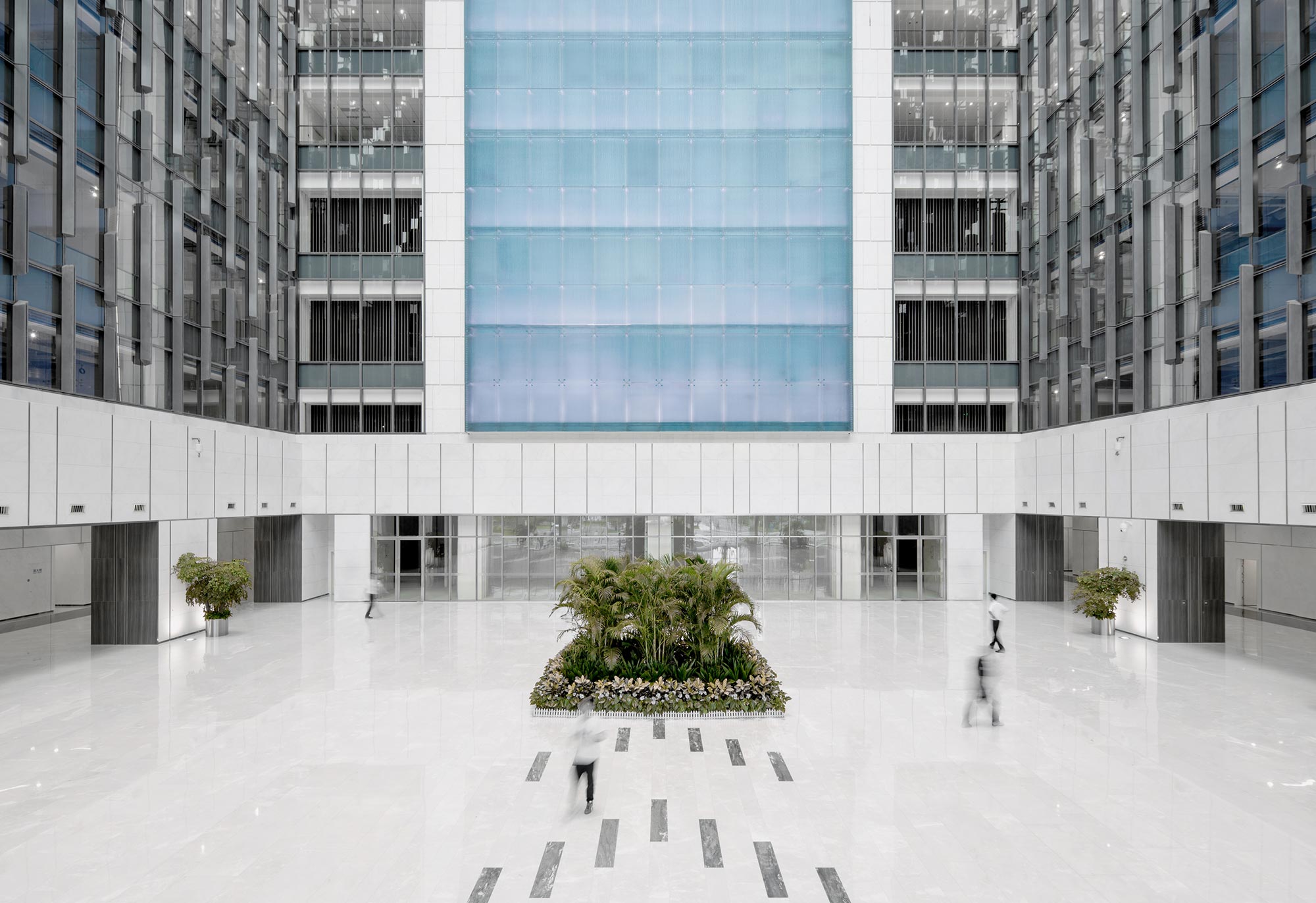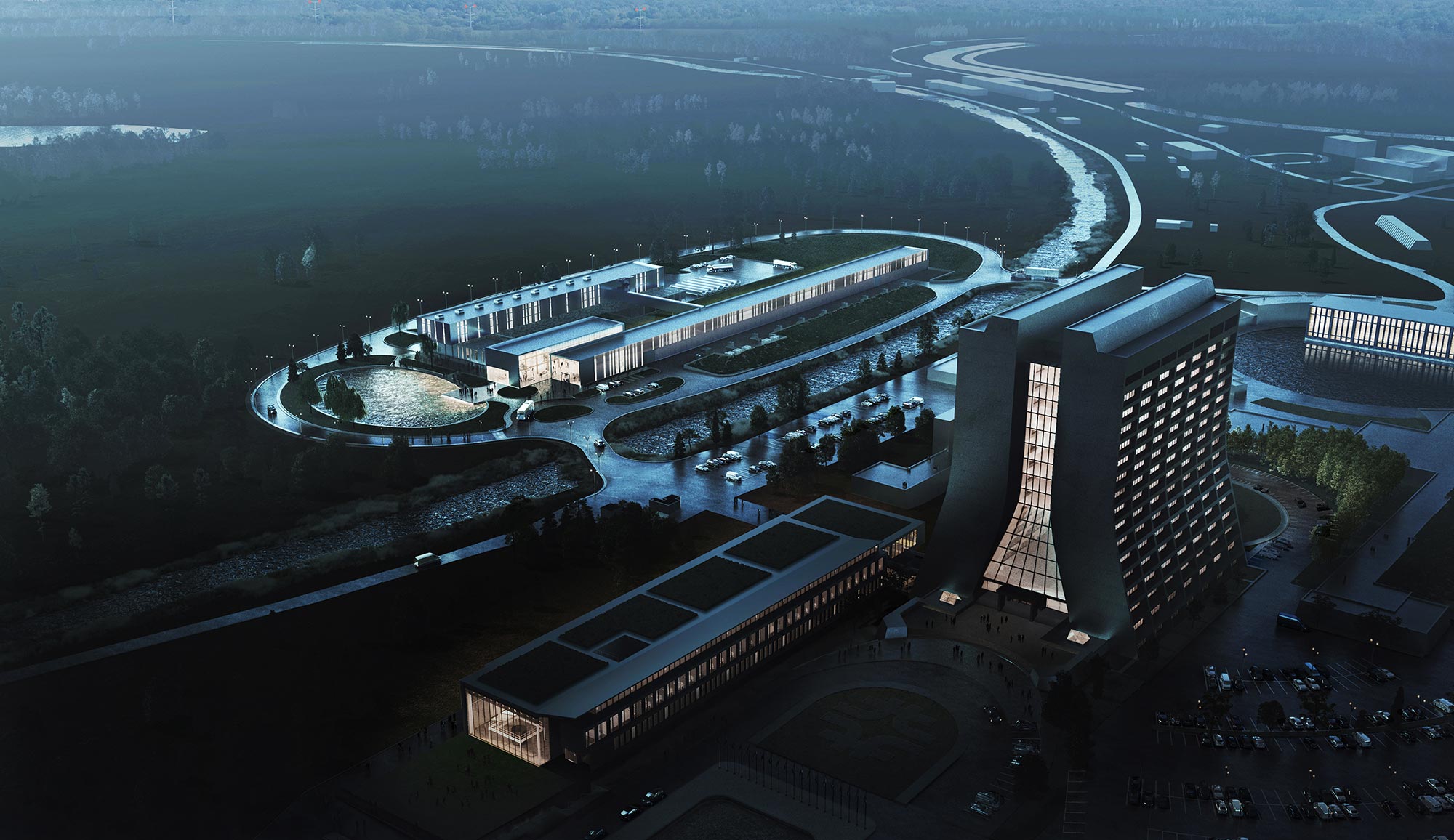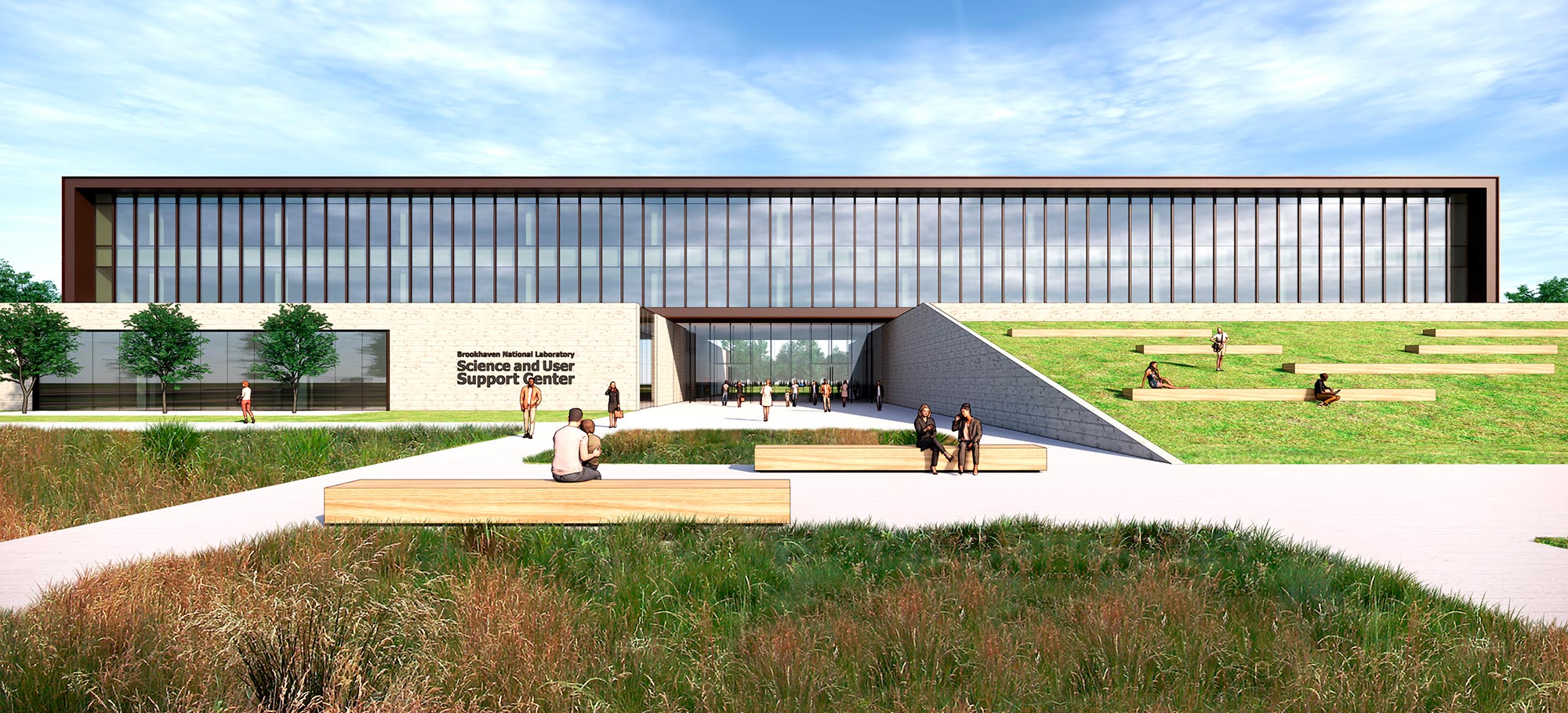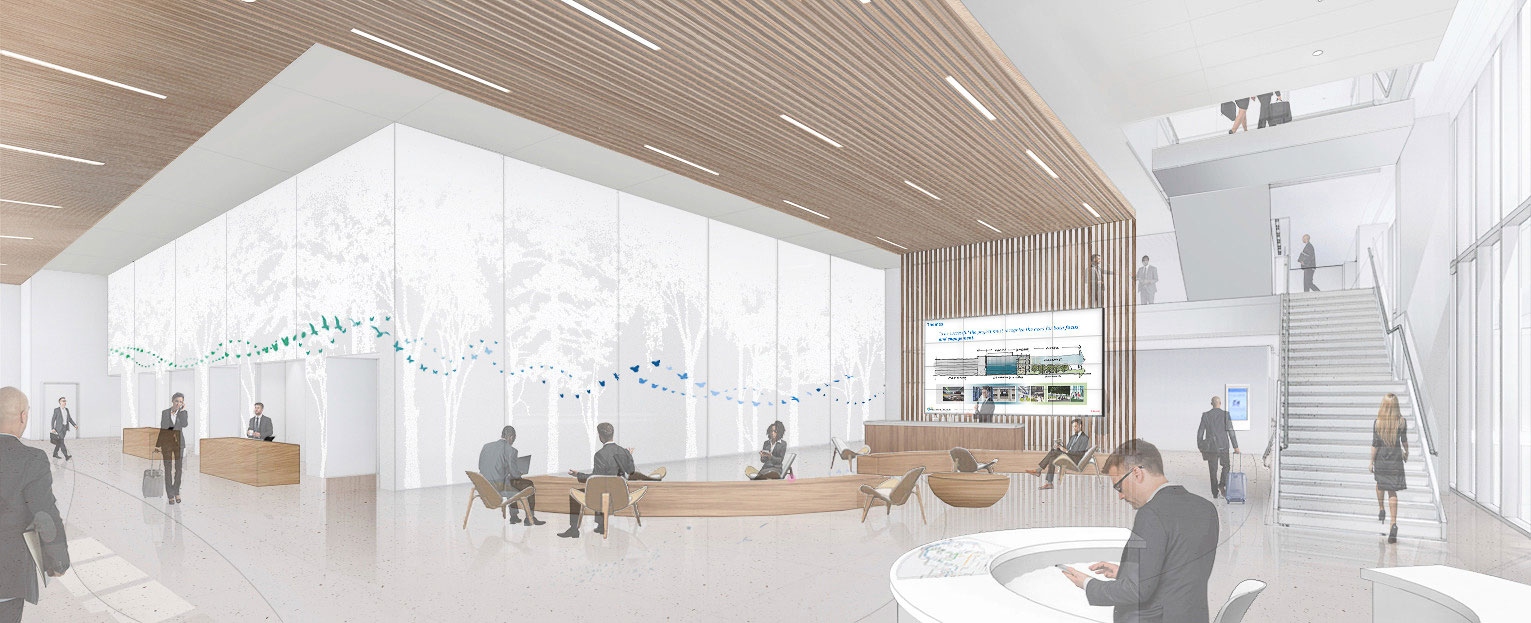CRITICAL FACILITIES
The demand for data took center stage during the pandemic and underscored the critical importance of the data center. Once anonymous and isolated, these critical facilities have now become celebrated and integrated as communities embrace equal access to data.
Databank — Georgia Tech Data Center, Atlanta
TREND 01
CLOUD COMPUTING
BUCKLE UP FOR RAPID GROWTH IN HYPERSCALE AND CLOUD COMPUTING
COVID-19 has increased demand for cloud services, such as PaaS, SaaS, and IaaS — a demand that will continue in the foreseeable future. Clients offering cloud services are experiencing rapid growth. On top of that, consumers are demanding unprecedented access, reliability, and speed. This leads to increased demand for suitable locations for data centers in both mature and developing markets around the world. Big Cloud (hyperscale) is on the rise.
$832B
THE CLOUD COMPUTING MARKET IS BOOMING
The cloud computing market is projected to be worth $832 billion by 2025.
—MarketsandMarkets

CPIC Chengdu Data Center, Chengdu, China
TREND 02
INTERNET AS UTILITY
THE PANDEMIC HAS ACCELERATED THE INTERNET AS AN ESSENTIAL UTILITY
Access to data as well as fast and reliable connections have become critical to many clients’ operations. The hybrid workstyles we’ve been experimenting with since the start of the pandemic have exposed gaps and limitations in current internet accessibility. While access to data is sound in affluent urban and suburban America, there are far too many locations with low or no available internet. As people continue to work from anywhere and reassess their living priorities, access to quality data services will shape our cities in the 21st century.
VIRTUAL AND HYBRID EDUCATION PUTS A SPOTLIGHT ON UNEQUAL INTERNET ACCESS
12 million: The number of children in the U.S. estimated to live without broadband connectivity.
—The Guardian

Fermilab Proton Improvement Plan-II, Batavia, Illinois
TREND 03
SUSTAINABLE ENERGY
URBAN DATA CENTERS CHANGE THE SUSTAINABLE ENERGY LANDSCAPE
New technologies are allowing data centers to aid in sustainability goals. Incorporation of data centers into campus plans allows the heat generated from server racks to be utilized in central district heating. Power generation technologies are becoming more cost effective, allowing power to be created on-site. This helps reduce the demand on the power grid and lessens the reliance on fossil fuels. Additionally, data centers are seeing greater power densities per square foot, allowing for energy-efficient technologies, like immersion cooling, to be deployed. This helps the building footprint to shrink and thereby become more energy efficient.

Brookhaven National Laboratory, SUSC, Upton, New York
200ZB
DATA GROWTH IS EXPLODING
The world will store 200 zettabytes of data by 2025. With this exponential data growth, the opportunities — for innovation, and for cybercrime — are incalculable.
—Cybersecurity Ventures

Nationwide Children’s Hospital Data Center + Conference Facility, Columbus, Ohio
Explore Design Strategies for a Post‑COVID World

DESIGN FORECAST®2021
GENSLER RESEARCH INSTITUTE
RECONNECT
DESIGN STRATEGIES FOR A POST-COVID WORLD
Download Gensler Design Forecast 2021 (PDF)